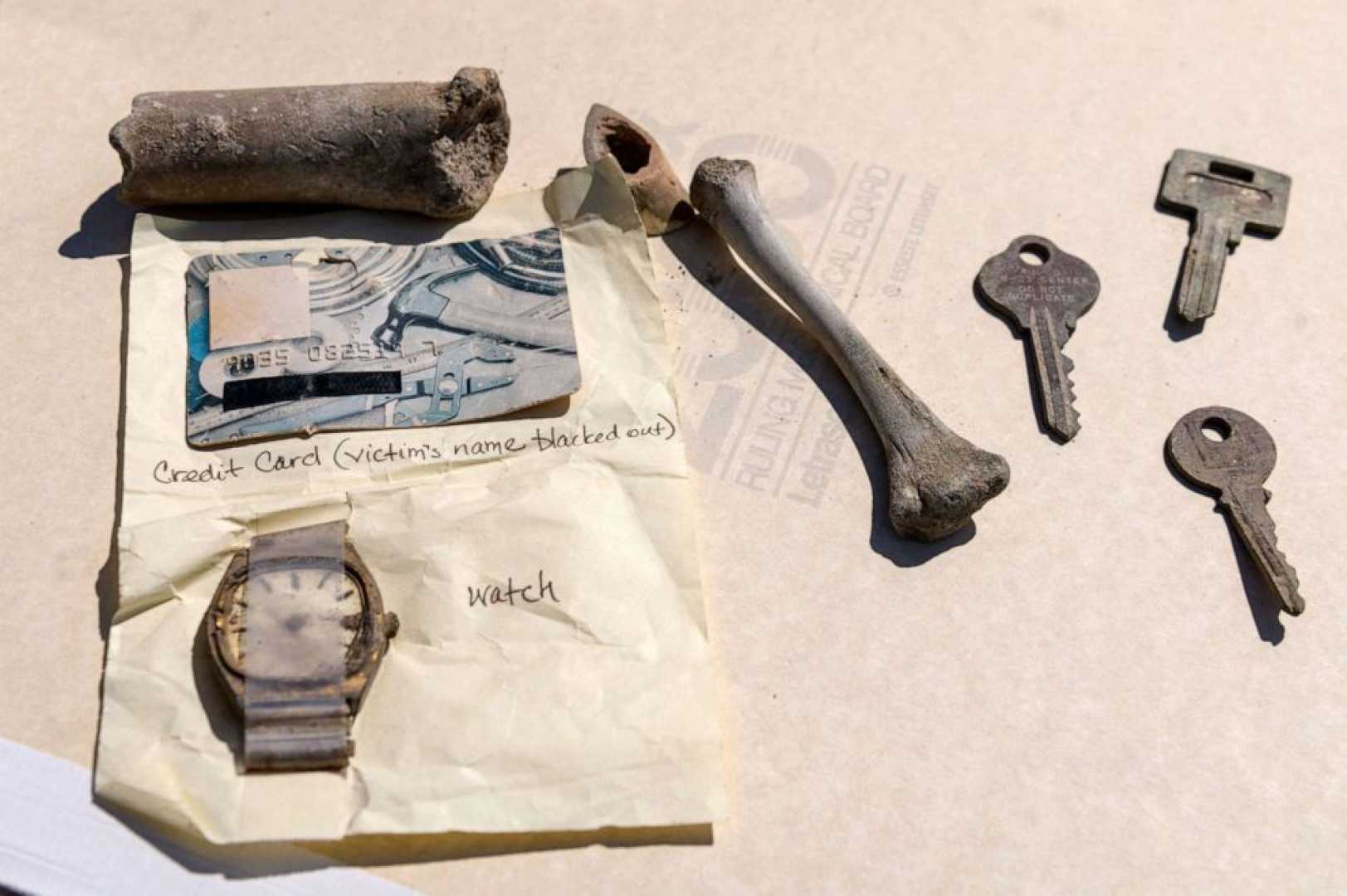News
Ongoing Efforts to Identify 9/11 Victims and Reflect on the War on Terror

More than two decades after the September 11, 2001, terrorist attacks, the New York City Office of the Chief Medical Examiner continues its painstaking work to identify the remains of victims. As of late 2023, over 1,000 victims of the 9/11 attacks still had not been identified, leaving many families without closure. The medical examiner’s office has collected 17,000 reference samples, including DNA from toothbrushes, razors, and hairbrushes, to aid in the identification process.
The identification process has been a long and arduous one. For instance, Ellen Niven’s husband, John Niven, a 44-year-old insurance executive who worked on the 105th floor of the South Tower, was among those whose remains were identified only in December 2023, more than 22 years after the attack. Similarly, the family of Andrea Haberman, a 25-year-old who was visiting the North Tower for work, has received multiple notifications over the years as more of her remains are identified.
The aftermath of the 9/11 attacks also marked the beginning of the U.S.-led ‘War on Terror,’ which included the invasion of Afghanistan and the ousting of the Taliban regime. This nearly 20-year war has been criticized for its high costs and lack of a clear victory. Experts argue that the war became an overly costly and potentially “forever” endeavor, with no clear path to a successful outcome. The chaotic withdrawal from Afghanistan in 2021 has been a point of contention, with both political parties blaming each other for the handling of the withdrawal.
The legacy of 9/11 extends beyond the identification of victims and the military campaigns it spawned. It has also led to a reevaluation of U.S. foreign policy and the challenges of nation-building. Experts like Rajan Menon emphasize the difficulties of establishing stable institutions in foreign countries, highlighting the need for a more nuanced approach to international interventions.












